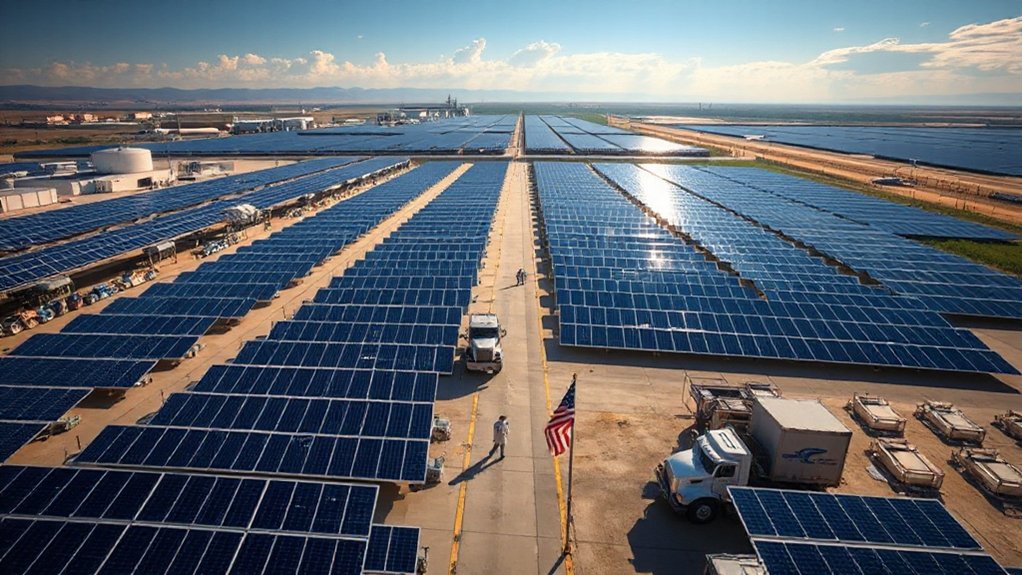Carbon credit companies are having their moment – and it’s massive. Industry giant South Pole raked in $146 million in 2023, while the market’s barreling toward $50 billion by 2030. These environmental powerhouses use everything from AI-powered satellites to blockchain tech to monitor and trade carbon credits, now averaging $4.8 per ton. Major players like Verra and Gold Standard dominate, while innovative upstarts shake things up. The deeper story reveals an industry that’s both saving the planet and turning a profit.

As the world grapples with climate change, carbon credit companies have emerged as the unlikely heroes – or opportunistic players, depending on who you ask. In this booming market, South Pole leads the pack with a whopping 170 million carbon credits issued and $146 million in revenue for 2023. Not too shabby for saving the planet, right? The average price of carbon credits has seen a price drop to $4.8 per ton in 2024, marking a significant shift in market dynamics.
The heavyweights in this space are quite diverse. Verra, the largest standard-setting body, has registered over 1,800 projects across 82 countries. Gold Standard, playing the role of the virtuous non-profit, has issued more than 100 million credits since its inception. Over a third of the world’s largest public companies have adopted net zero targets. Meanwhile, Climate Impact Partners and Carbon Credit Capital are quietly moving massive volumes of carbon credits, though they’re a bit shy about their financial details. These companies offer both natural offsets through reforestation and technological solutions to meet diverse client needs.
But it’s not just the old guard anymore. New kids on the block are shaking things up with fancy tech. Pachama‘s using AI and satellites to check on forests, while Nori’s jumped on the blockchain bandwagon. Indigo Ag’s getting farmers involved, and NCX is turning forest owners into carbon credit producers. It’s like a climate change startup party, and everyone’s invited.
These companies aren’t just working in isolation. They’re buddying up with big names – South Pole’s hanging out with the World Economic Forum, while Verra’s teaming up with IETA. Even the United Nations wants in on the action, working with Gold Standard on sustainable development projects.
Looking ahead, this market’s projected to hit $50 billion by 2030. That’s serious money for serious problems. The industry’s shifting focus from avoiding emissions to actually removing carbon from the atmosphere – because apparently, we’ve moved past the “prevention is better than cure” phase.
With technology advancing in monitoring and verification, these companies are positioning themselves for the long haul. Though let’s be honest – whether they’re saving the world or just making a buck, they’re here to stay.









